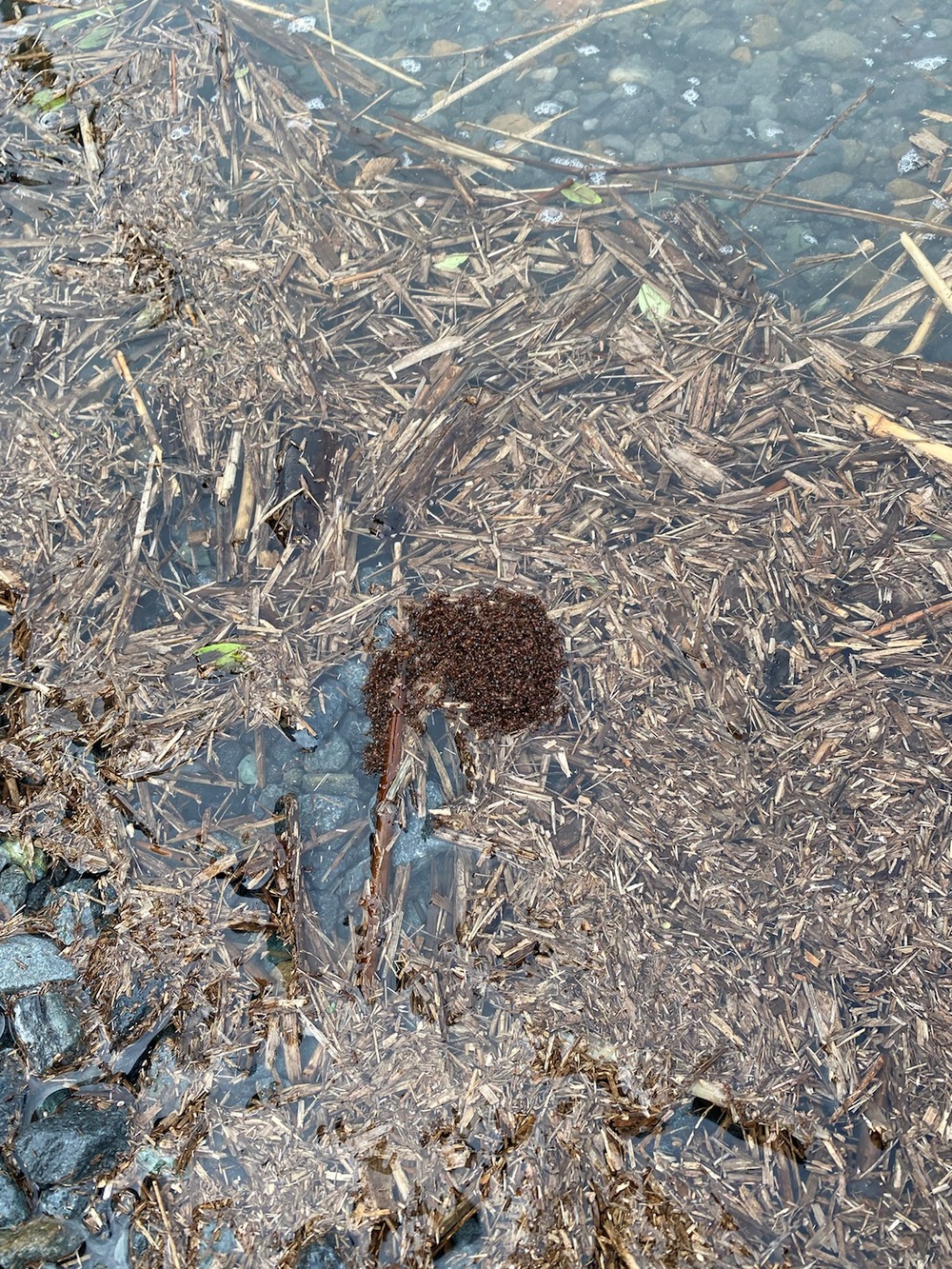Fire ants take advantage of floods to travel south
Laura Williams
25 January 2024, 6:40 AM
 The result of fire ant stings. (Image: Murray S Blum, supplied)
The result of fire ant stings. (Image: Murray S Blum, supplied)The ag sector has been put on the back foot once more, with the descent of fire ants into NSW piling onto years of biosecurity threats, from foot and mouth disease to Varroa mite.
Millions have been poured into biosecurity as a result, but fears are still to be relieved.
Recent flooding in northern NSW and QLD has accelerated the spread of Imported Red Fire Ants, which have been found spreading further south into NSW, with some already physically suffering from the ants’ sting.
According to the NSW Government, an incident response team from the National Fire Ant Eradication Program and NSW DPI teams were at a site south of Ballina to gather further information about the nest and destroy the nest with liquid insecticide, and would investigate when the ants arrived and how they got there.

A fire ant raft found in Northern NSW. (Supplied)
NSW Farmers are calling on the government to ramp up eradication efforts.
“This latest outbreak is a stark reminder of the failure to control and eradicate these insidious pests, the entry of Red Imported Fire Ants into NSW last year demonstrated again the urgent need for increased investment by all governments to support biosecurity,” NSW Farmers President Xavier Martin said.
Mr Martin accused the Queensland Government of ‘failing to take this problem seriously’, with NSW having to suffer the consequences.
“Red Imported Fire Ants are a threat to agricultural production and to the landscape of NSW – they can damage agricultural equipment, sting livestock, ruin the natural environment, and pose a serious risk to the health and wellbeing of all people in NSW.”
The farming body has requested the NSW Government uses ‘every resource it needs’ to stamp out the risk of fire ants.
“It’s critical DPI, with the full support of other critical agencies, can act quickly to eradicate these pests as they did at Port Botany in 2014.
“Red Imported Fire Ants should have been eradicated 20 years ago but successive Queensland governments have failed to act effectively; NSW must step up and show strong leadership on this issue.”
Similarly, the Invasive Species Council said there is no room to fail when it comes to eradication of the ‘super pest’.
‘A comprehensive government study from 2021 found that between $200 and $300 million annually would be required over the next 10 years or Australia would face at least a $2 billion cost per year from fire ants forever,” Invasive Species Council Advocacy Manager Reece Pianta said.
“At the moment the planned funding is only half that amount.”
“Fire ants are one of the world’s worst super pests and, if they are allowed to spread across the continent, their economic impact will be greater than cane toads, rabbits, feral cats and foxes combined.”
Experts predict that a complete invasion of fire ants could see over 140,000 extra medical visits each year across Australia due to ant stings.



